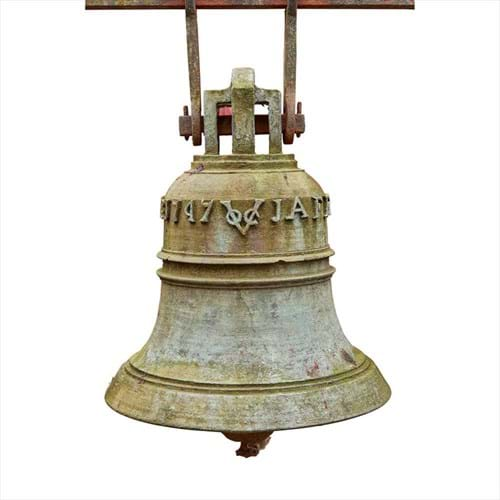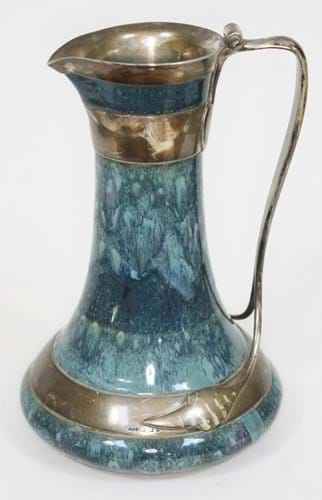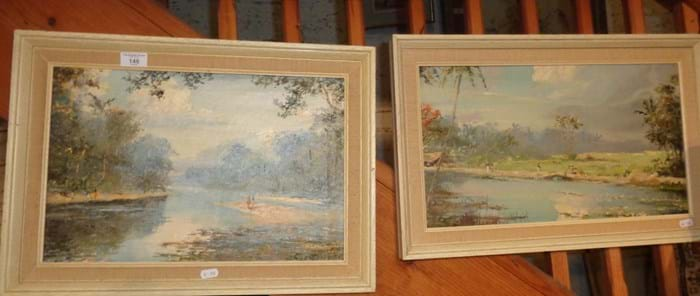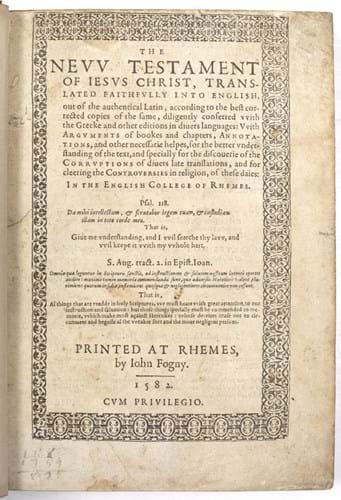1. Dutch East India Company bell – £15,000
This 14in (25cm) diameter bronze bell bears the insignia of the Vereenigde Oostindische Compagnie (the Dutch East India Company or VOC), the date 1747 and the name Jaffanapatnam. It is suspended in a wrought iron frame and mounted to a large stone mill wheel.
The Dutch East India Company, the world’s first formally listed public company, established colonies and trading posts throughout Asia, expanding their reach to Ceylon (modern day Sri Lanka) in 1640. The city of Jaffanapatnam (today Jaffna) on the north-west coast, had been established by the Portuguese as their colonial administrative centre, but had been won in 1658 after a three-month-siege.
This bell, offered for sale at Lyon & Turnbull in Edinburgh as part of the Five Centuries sale on February 6, probably hung in one of the trade warehouses or company buildings and would have been used to announce ship arrivals or for administrative proclamations.
It was estimated at £800-1200 but sold at £15,000.
2. Arts & Crafts ewer – £2000
This silver mounted pottery ewer sold for £2000 (£100-150) at Warren & Wignall in Leyland on February 5 combines the talents of two luminaries of British Arts & Crafts.
Although unmarked the high-fired blue and green mottled glazed pottery vessel is probably by the Ruskin factory of Smethwick. The stylish silver mounts (the lid is missing) are marked for Liberty & Co (Birmingham 1900) who was probably the retailer of this piece at the turn of the 20th century.
3. Russian émigré’s landscapes – £2600
A buyer using thesaleroom.com bid £2600 (estimate £100-150) for this pair of oils by Russian émigré artist Alexander Sofronoff (1901-48) at Bridport Auctions in Dorset on January 31.
Sofronoff is well-known for these scenes of Sri Lankan life. Having fled the Bolsheviks in 1922 for life as a set designer in Manchuria, at the onset of the Second Sino-Japanese War in 1936 he moved again, first to Shanghai and then to Sri Lanka.
Sofronoff found life in Columbo to his liking and found employment as an art teacher and painter of island river landscapes and portraits of British ex-pats resident at the Galle Face Hotel.
4. Seventeenth century bible – £6200
Upon the accession of Elizabeth I in 1558, a number of Catholics fled to the Continent – some of them founding the English College at Douai in 1568 to uphold the Catholic tradition in the face of the Protestant Reformation.
It was there, supervised by the Oxford scholar and ordained priest Gregory Martin (c.1542-1582), that an English translation of the Bible was prepared from the original Latin and Greek, one that would “presume not to mollify the [Bible's] speeches or phrases, but religiously keep them word for word, and point for point, for fear of missing or restraining the sense of the Holy Ghost to our fancy.”
A run of a few hundred or so copies of the New Testament, in quarto form was published in the last months of 1582, during a temporary migration of the English College to Rheims.
As funds were tight, a two-volume Old Testament published ‘in Doway [sic] by Laurence Kellam at the signe of the holie lambe’ did not appear until much later, in 1609-10.
The New Testament was reprinted in 1600, 1621 and 1633. The Old Testament volumes were reprinted in 1635 but neither thereafter for another century or more.
Relatively few early printings have survived, but copies of both books, now in later tooled calf bindings, were offered as part of the Oxford Library Sale conducted by Mallams on January 29.
Estimated at just £100-150, they sold at £6200 to a buyer using thesaleroom.com.
5. Neoclassical intaglios – £15,500
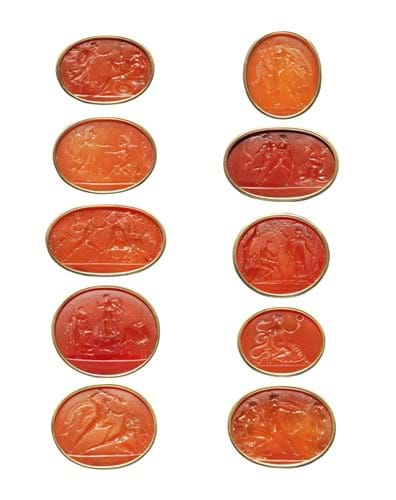
A collection of 10 intaglios, formerly belonging to Prince Stanislas Poniatowski, £15,500 at Bonhams.
This collection of 10 carnelian intaglios carved to depict classical figures and scenes, once formed part of the collection of Prince Stanislas Poniatowski (1754-1833). His past possessions are always of interest to collectors.
The nephew of the king of last King of Poland, who went into affluent exile in Italy in 1791, he was a passionate collector of antiquities but also the commissioner of an extraordinary series of around 2500 intaglios. He encouraged the belief that these were ancient gems, publishing a series of catalogues complete with elaborate descriptions in 1833.
When his collection was offered for sale by Christie's in London after his death in 1839, connoisseurs and potential buyers were outraged to discover that the gems were ‘modern’. Today, they are appreciated in their own right as fine examples of Italian neoclassical gem-engraving.
This group of 10, offered for sale at Bonhams on February 5, took £15,500 (estimate £6000-8000).


